Home>Home Appliances>Cleaning Appliances>How To Use A Vacuum Cleaner
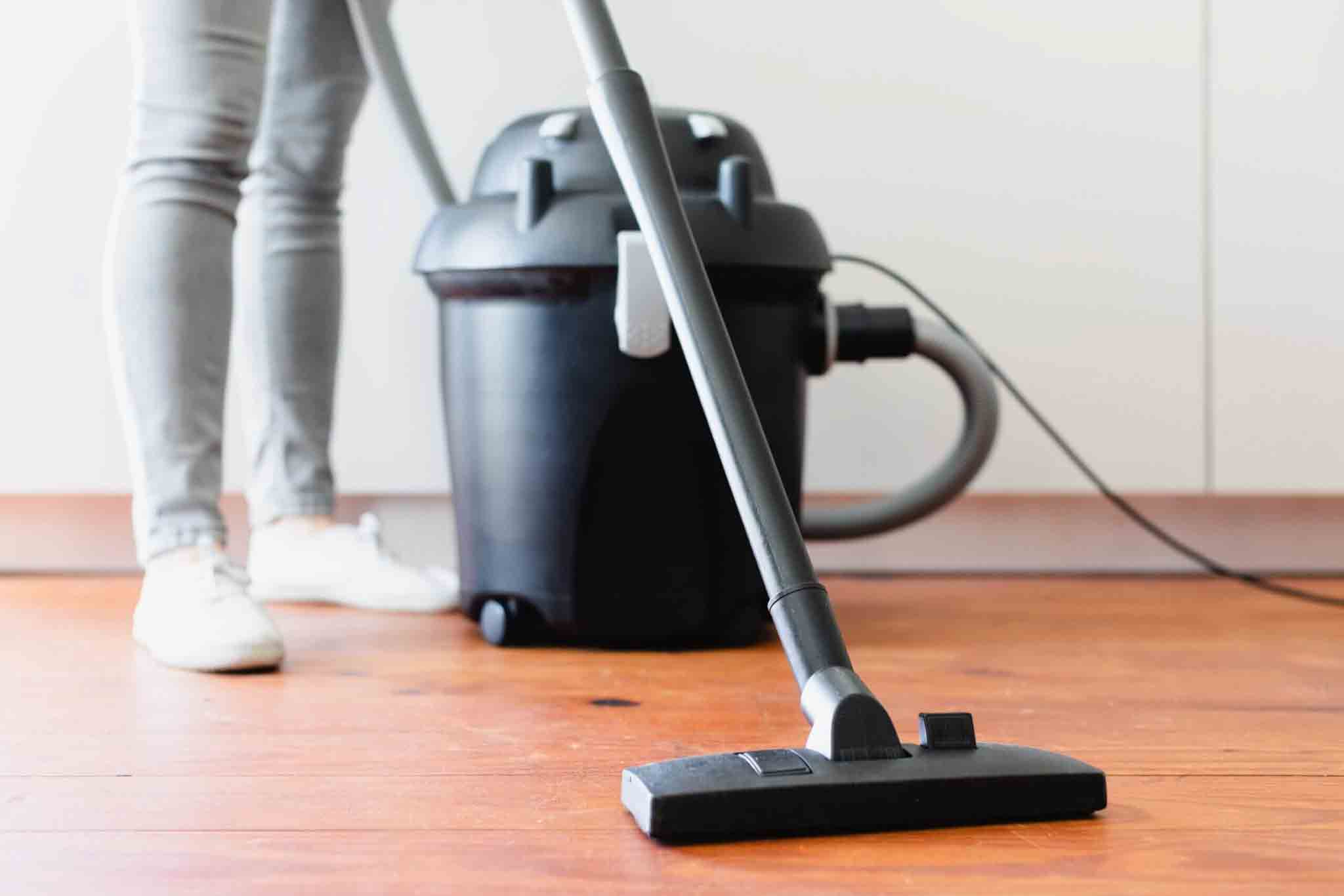

Cleaning Appliances
How To Use A Vacuum Cleaner
Modified: January 6, 2024
Learn the best techniques for using a vacuum cleaner to efficiently clean your home and maintain your cleaning appliances. Discover tips for achieving a spotless living space.
(Many of the links in this article redirect to a specific reviewed product. Your purchase of these products through affiliate links helps to generate commission for Storables.com, at no extra cost. Learn more)
Introduction
Welcome to the world of efficient and hassle-free cleaning! Vacuum cleaners are indispensable tools for maintaining a clean and healthy living space. Whether you're a seasoned cleaning aficionado or a newcomer to the world of home maintenance, mastering the art of using a vacuum cleaner can significantly enhance the cleanliness and overall ambiance of your home.
In this comprehensive guide, we will delve into the nuances of using a vacuum cleaner effectively. From selecting the right vacuum cleaner for your specific needs to assembling, using, and maintaining it, we've got you covered. Additionally, we'll explore common troubleshooting issues and how to address them, ensuring that you can make the most of your cleaning appliance.
Vacuum cleaners come in a variety of types, each designed to cater to different cleaning requirements. Whether you're dealing with carpets, hardwood floors, or upholstery, there's a vacuum cleaner tailored to meet your needs. Understanding the features and functionality of various vacuum cleaners will empower you to make an informed decision when selecting the most suitable model for your home.
As we embark on this journey, keep in mind that the goal is not just to clean but to do so efficiently and effectively. By the end of this guide, you'll have the knowledge and confidence to wield your vacuum cleaner like a pro, transforming your cleaning routine into a seamless and satisfying experience. Let's dive in and discover the secrets to mastering the art of using a vacuum cleaner!
Key Takeaways:
- Choose the right vacuum cleaner based on flooring type, size, allergies, and pet-friendly features to ensure efficient and tailored cleaning for a healthier living space.
- Properly assemble, use, and maintain your vacuum cleaner to maximize its cleaning potential and address common issues for a seamless and effective cleaning experience.
Read more: How To Use Wet Vacuum Cleaner
Choosing the Right Vacuum Cleaner
When it comes to selecting a vacuum cleaner, it’s essential to consider your specific cleaning needs and the features that will best accommodate them. With a wide array of options available, ranging from upright and canister to robotic and handheld models, it’s crucial to evaluate the following factors before making a decision:
- Flooring Type: Assess the primary flooring in your home. If you have mostly carpeted floors, a vacuum cleaner with strong suction power and specialized carpet cleaning features, such as a rotating brush roll, would be ideal. For hardwood or tiled floors, a vacuum with adjustable suction settings and soft bristle attachments is preferable to prevent potential damage.
- Size and Maneuverability: Consider the layout of your home and the accessibility of different areas. If you have limited storage space or need to clean tight spaces, a compact and maneuverable vacuum cleaner, such as a stick or handheld model, might be the best fit.
- Allergies and Air Quality: For individuals with allergies or asthma, investing in a vacuum cleaner equipped with a HEPA filter can significantly improve indoor air quality by trapping allergens and fine particles. Look for models with advanced filtration systems to ensure thorough air purification.
- Pet-Friendly Features: If you have pets, especially those that shed fur, a vacuum cleaner with specialized pet hair attachments and powerful suction capabilities is essential for effectively removing pet dander and hair from furniture and carpets.
- Noise Level: If you prefer a quieter cleaning experience, research vacuum cleaners with sound insulation and noise-reducing technologies to minimize disturbance, especially in shared living spaces.
Additionally, consider the maintenance requirements, warranty coverage, and overall durability of the vacuum cleaner. Reading user reviews and seeking recommendations from trusted sources can provide valuable insights into the performance and reliability of different models.
By carefully evaluating these factors, you can narrow down your options and select a vacuum cleaner that aligns with your lifestyle and cleaning preferences. Remember, the right vacuum cleaner is not just a cleaning tool; it’s a valuable asset that contributes to a cleaner, healthier, and more comfortable living environment.
Assembling the Vacuum Cleaner
Before diving into the cleaning process, it’s crucial to familiarize yourself with the assembly of your vacuum cleaner. While the specific assembly steps may vary based on the model and type of vacuum cleaner you own, the following general guidelines can help you navigate the process:
- Unboxing and Inspection: Carefully unpack the vacuum cleaner and its components, ensuring that all parts are present and undamaged. Refer to the user manual for a comprehensive list of included items and an overview of the assembly process.
- Handle and Hose Attachment: If your vacuum cleaner features a detachable handle and hose, securely connect these components to the main body of the unit. Pay attention to any locking mechanisms or attachment points to ensure a stable connection.
- Attachment and Accessory Installation: Depending on the cleaning tasks at hand, you may need to attach specific accessories, such as crevice tools, upholstery brushes, or specialized floor nozzles. Follow the manufacturer’s instructions to affix these accessories securely for optimal functionality.
- Filter and Dust Canister Placement: For bagless vacuum cleaners, locate the dust canister and insert it into the designated compartment, ensuring a snug fit. If your vacuum cleaner utilizes filters, such as HEPA or foam filters, install them according to the provided guidelines, taking care to align them properly.
- Power Cord Management: Organize the power cord as per the manufacturer’s recommendations, ensuring that it is safely secured and free from potential hazards during operation. Some vacuum cleaners feature cord storage systems or retractable cords for added convenience.
As you assemble your vacuum cleaner, take the time to familiarize yourself with its various components and their respective functions. Understanding how each attachment and feature contributes to the cleaning process will empower you to utilize the vacuum cleaner to its full potential.
Remember, proper assembly not only ensures the efficient operation of the vacuum cleaner but also minimizes the risk of malfunctions and accidents during use. By following the assembly instructions meticulously, you’ll be ready to embark on a seamless and productive cleaning journey with your fully assembled vacuum cleaner.
When using a vacuum cleaner, start by clearing the area of any small objects or debris that could clog the vacuum. Then, use slow and steady movements to thoroughly clean the area, making sure to overlap each pass for the best results.
Using the Vacuum Cleaner
Now that your vacuum cleaner is assembled and ready for action, it’s time to explore the best practices for using it effectively across various cleaning scenarios. Whether you’re tackling carpets, hard floors, upholstery, or tight corners, the following tips will help you make the most of your vacuum cleaner:
- Preparation: Clear the area to be cleaned of any large debris, toys, or obstacles that could impede the vacuum cleaner’s maneuverability. This preparatory step ensures a smoother and more thorough cleaning process.
- Adjust Settings: If your vacuum cleaner offers adjustable suction settings or brush roll controls, tailor these settings to match the specific surface you are cleaning. Lower suction settings are suitable for delicate rugs and curtains, while higher settings are ideal for deep-cleaning carpets.
- Proper Technique: When vacuuming carpets, use slow and overlapping strokes to allow the vacuum cleaner’s suction and brush action to lift embedded dirt and debris effectively. For hard floors, utilize smooth, continuous motions to capture dust and small particles without scattering them.
- Edge and Corner Cleaning: Make use of crevice tools and specialized attachments to target edges, corners, and hard-to-reach areas. Vacuuming along baseboards and around furniture legs helps eliminate hidden dust and dirt accumulation.
- Upholstery Care: When cleaning upholstery, attach the appropriate brush or upholstery tool to the vacuum cleaner to gently remove dust and debris without causing damage to the fabric. Pay special attention to seams and crevices where dirt tends to accumulate.
- Pet Hair Removal: For pet owners, employ pet hair attachments or brush rolls designed to lift and capture pet hair from furniture and carpets effectively. Regular vacuuming can help minimize pet dander and maintain a clean living environment.
Furthermore, it’s essential to adhere to the maintenance guidelines provided by the manufacturer, including emptying the dust canister or replacing vacuum bags, cleaning filters, and inspecting brush rolls for tangled hair or debris. By incorporating these maintenance tasks into your cleaning routine, you can ensure the long-term performance and durability of your vacuum cleaner.
By mastering these techniques and incorporating them into your cleaning regimen, you’ll transform your vacuum cleaner into a powerful ally in the battle against dust, dirt, and allergens. With consistent and thorough vacuuming, you can maintain a pristine and inviting living space for you and your family to enjoy.
Maintaining the Vacuum Cleaner
Proper maintenance is the key to preserving the performance and longevity of your vacuum cleaner. By incorporating regular maintenance tasks into your cleaning routine, you can ensure that your appliance operates at its best and continues to deliver exceptional cleaning results. Here are essential maintenance practices to keep your vacuum cleaner in top condition:
- Emptying the Dust Canister or Changing Vacuum Bags: Depending on the type of vacuum cleaner you have, regularly empty the dust canister or replace vacuum bags to prevent loss of suction and maintain optimal airflow. A full dust canister or bag can impede the vacuum cleaner’s performance and lead to reduced cleaning efficiency.
- Filter Cleaning or Replacement: If your vacuum cleaner is equipped with filters, such as HEPA or foam filters, adhere to the manufacturer’s recommendations for cleaning or replacing them. Clean filters ensure that the vacuum cleaner effectively captures fine particles and allergens, contributing to improved indoor air quality.
- Brush Roll Maintenance: Inspect the brush roll for tangled hair, threads, or debris, and remove any obstructions to prevent strain on the motor and maintain efficient brush action. Some vacuum cleaners feature removable brush rolls for easier maintenance and cleaning.
- Clearing Blockages: Periodically check the vacuum cleaner’s hoses, nozzles, and attachments for blockages that may hinder suction. Clear any obstructions to ensure unrestricted airflow and consistent cleaning performance.
- Cord and Plug Care: Routinely inspect the power cord for any signs of damage or wear, and ensure that the plug is secure and free from fraying. Proper cord management and regular inspection can prevent electrical hazards and prolong the life of the power cord.
In addition to these maintenance tasks, it’s essential to follow any specific care guidelines outlined in the user manual provided by the manufacturer. By staying proactive and attentive to the condition of your vacuum cleaner, you can address potential issues early and maintain its reliability for years to come.
Remember that a well-maintained vacuum cleaner not only delivers superior cleaning performance but also contributes to a healthier indoor environment by effectively removing dust, allergens, and pet dander. By prioritizing maintenance, you can enjoy the full benefits of your vacuum cleaner and ensure that it remains a steadfast ally in your cleaning endeavors.
Read more: How To Use A Pool Vacuum Cleaner
Troubleshooting Common Issues
Encountering occasional challenges with your vacuum cleaner is not uncommon, but with the right troubleshooting techniques, you can address common issues and restore your appliance’s functionality. By familiarizing yourself with these troubleshooting strategies, you can swiftly overcome potential obstacles and keep your cleaning routine on track. Here are solutions to common vacuum cleaner issues:
- Loss of Suction: If you notice a decrease in suction power, check for blockages in the hose, nozzle, or filters. Clear any obstructions to restore optimal airflow and suction performance. Additionally, emptying the dust canister or replacing vacuum bags can alleviate suction loss caused by a full receptacle.
- Unusual Noise: A vacuum cleaner emitting unusual or excessive noise may indicate a foreign object lodged in the brush roll or a malfunctioning motor. Inspect the brush roll and remove any debris, and if the noise persists, consult the user manual for guidance on motor-related issues.
- Brush Roll Issues: If the brush roll fails to rotate or exhibits irregular behavior, such as excessive vibration or jamming, inspect it for tangled hair, threads, or debris. Cleaning the brush roll and ensuring smooth rotation can resolve these issues. For persistent problems, consider seeking professional assistance for motor or belt-related concerns.
- Overheating: Continuous operation of the vacuum cleaner without adequate cooling breaks can lead to overheating. If the appliance becomes excessively hot, switch it off and allow it to cool down. Check for clogged filters or obstructed airflow, as these can contribute to overheating. Resume use only when the vacuum cleaner has returned to a safe temperature.
- Electrical Malfunctions: If the vacuum cleaner fails to power on or experiences intermittent electrical issues, inspect the power cord, plug, and electrical connections for signs of damage or loose connections. Avoid using the vacuum cleaner if you suspect electrical hazards and seek professional assistance to address electrical malfunctions.
When troubleshooting your vacuum cleaner, it’s important to prioritize safety and adhere to the manufacturer’s guidelines for maintenance and repairs. If you encounter persistent issues that cannot be resolved through basic troubleshooting, consider consulting a certified technician or the manufacturer’s customer support for expert assistance.
By promptly addressing common issues and maintaining a proactive approach to troubleshooting, you can ensure that your vacuum cleaner continues to deliver reliable and effective cleaning performance, allowing you to maintain a pristine living environment with confidence and ease.
Frequently Asked Questions about How To Use A Vacuum Cleaner
Was this page helpful?
At Storables.com, we guarantee accurate and reliable information. Our content, validated by Expert Board Contributors, is crafted following stringent Editorial Policies. We're committed to providing you with well-researched, expert-backed insights for all your informational needs.
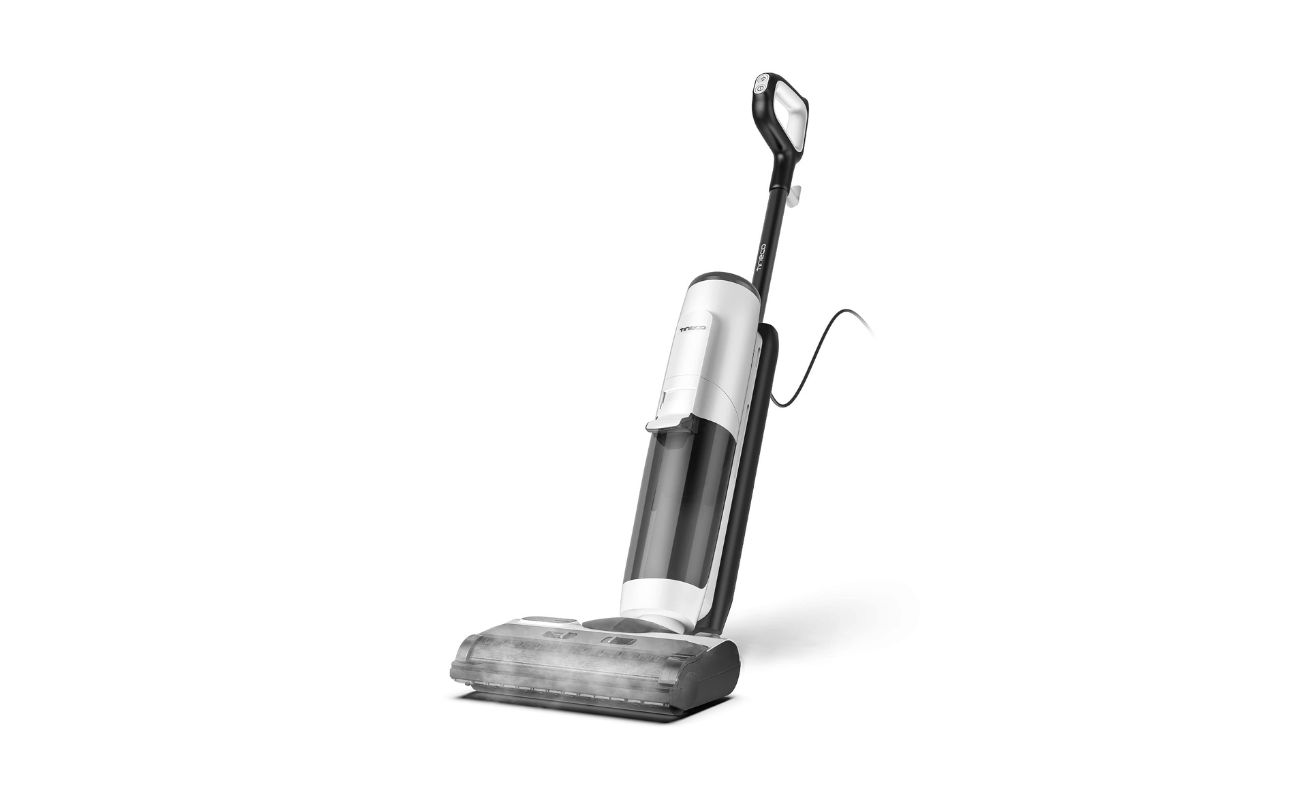
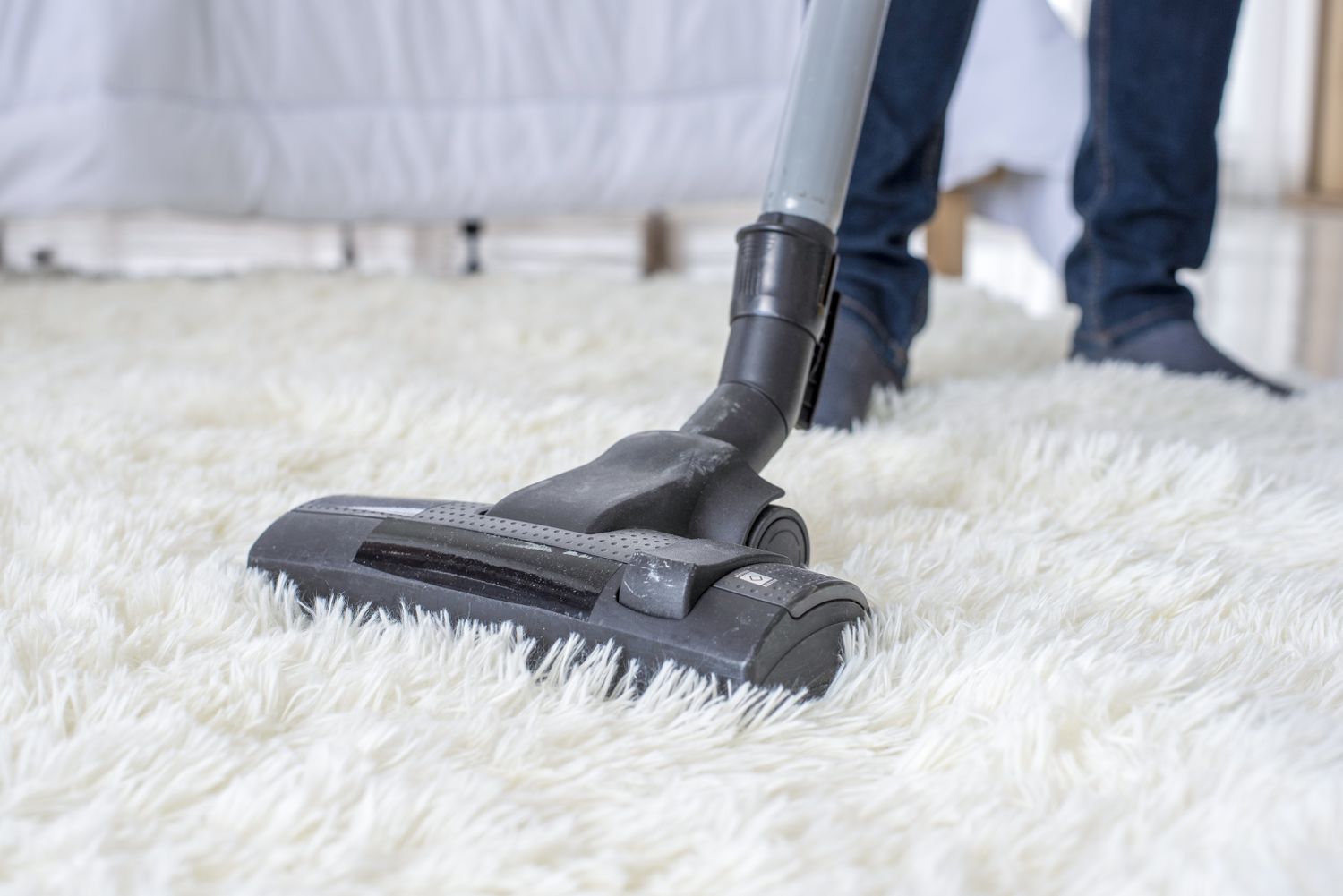
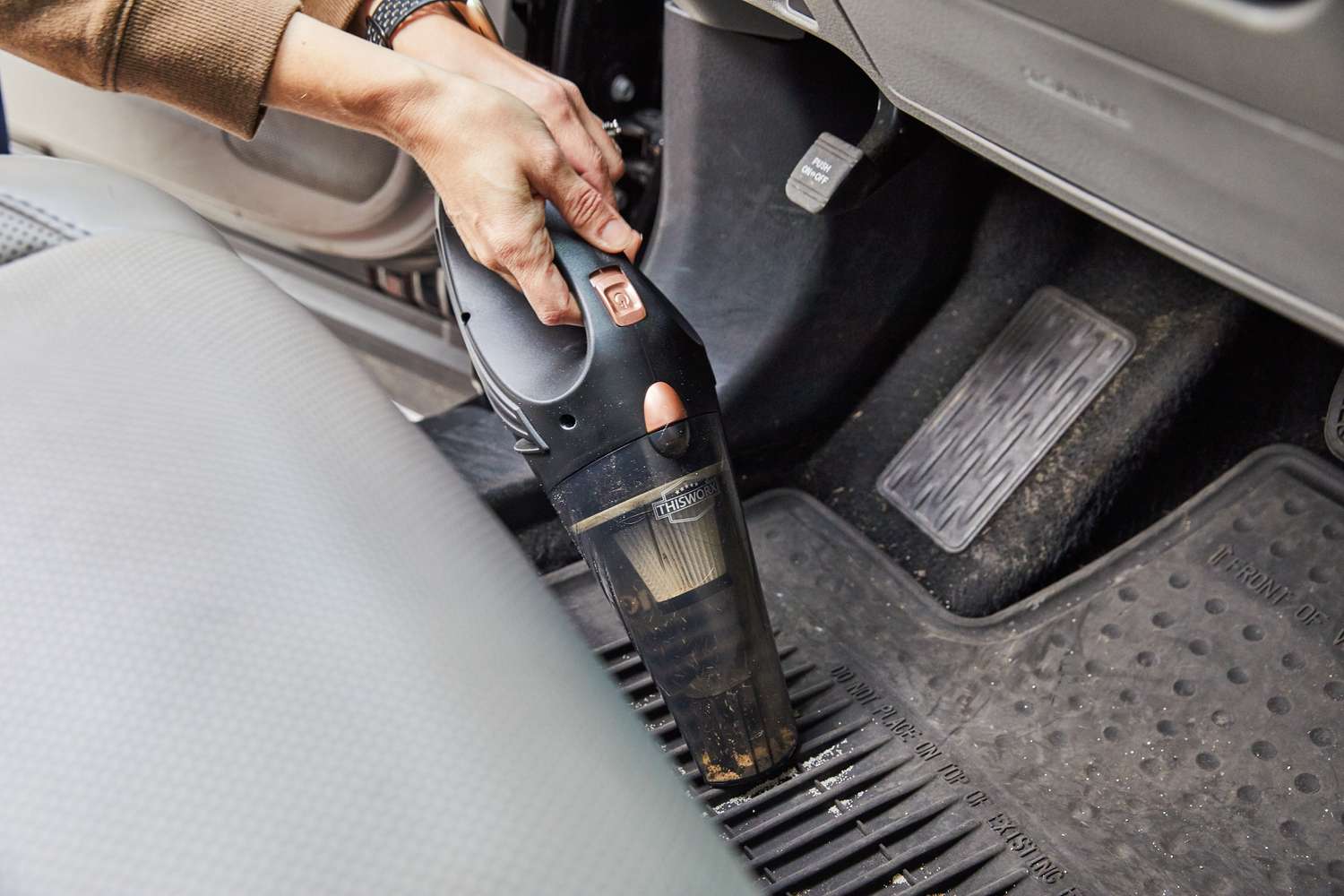
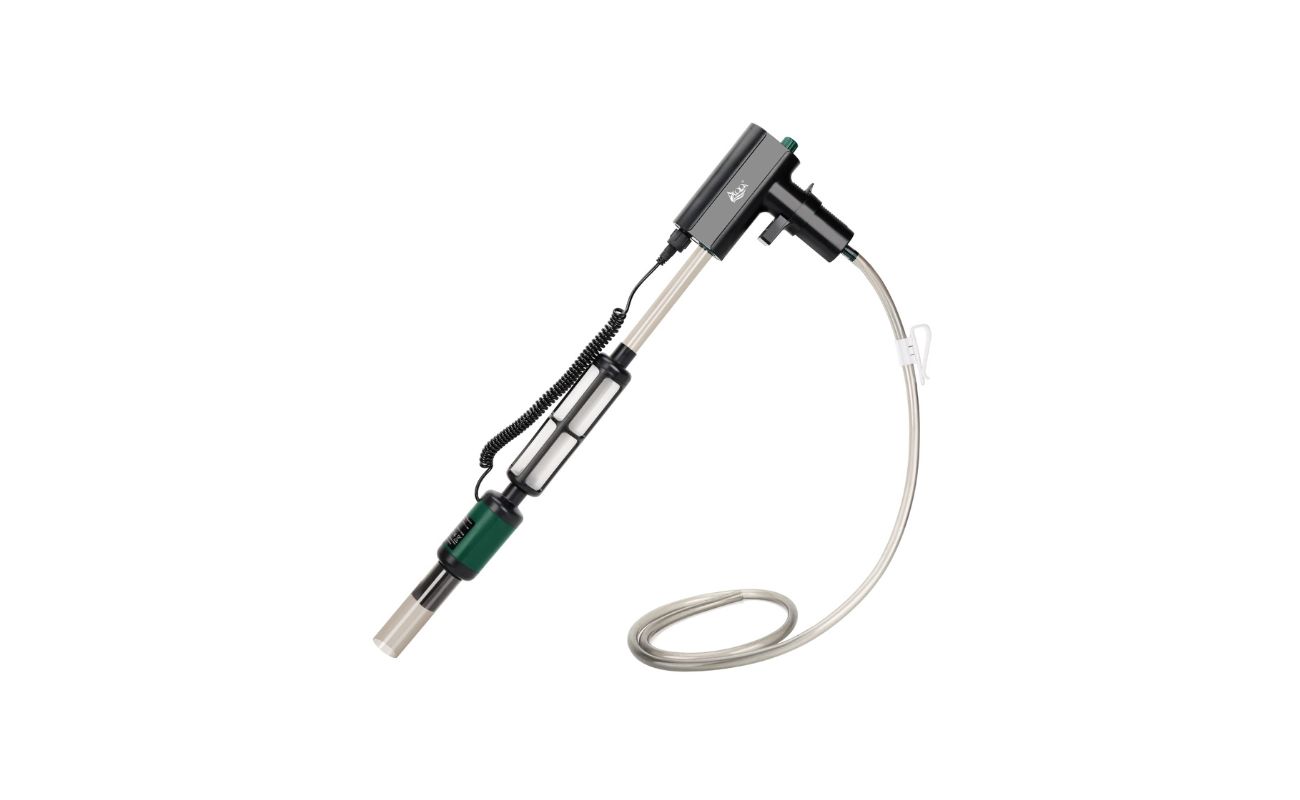
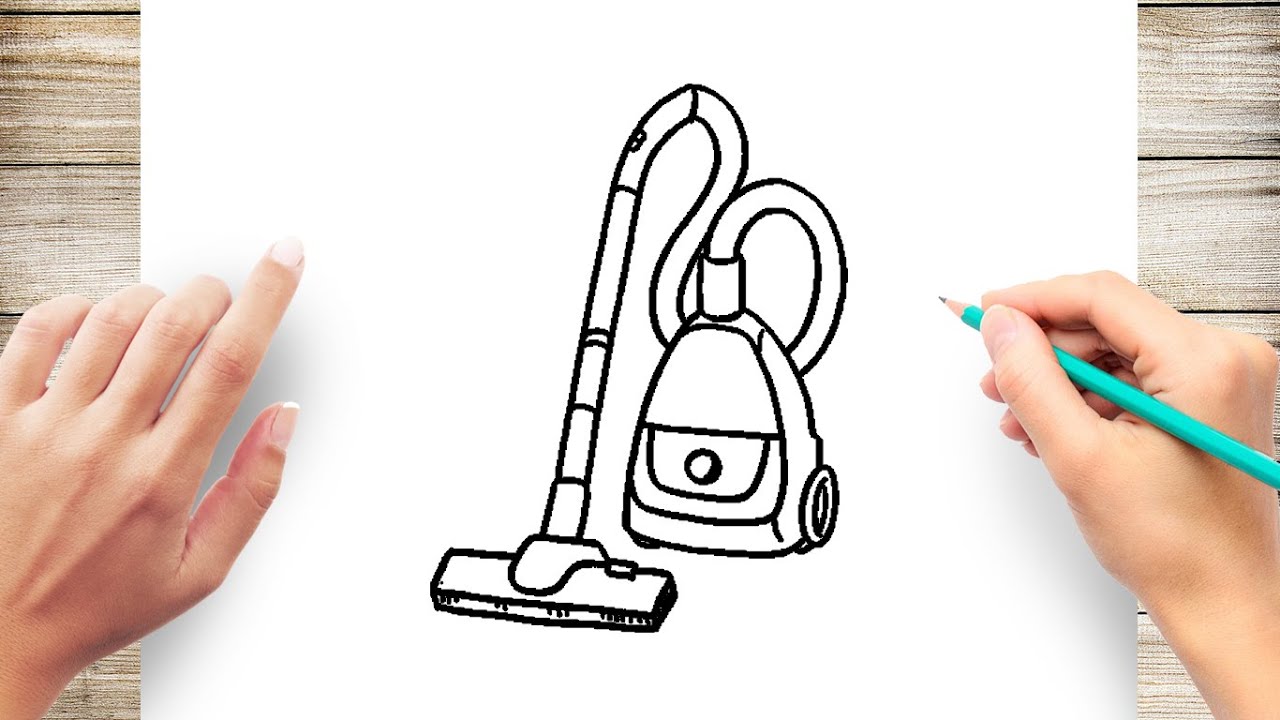
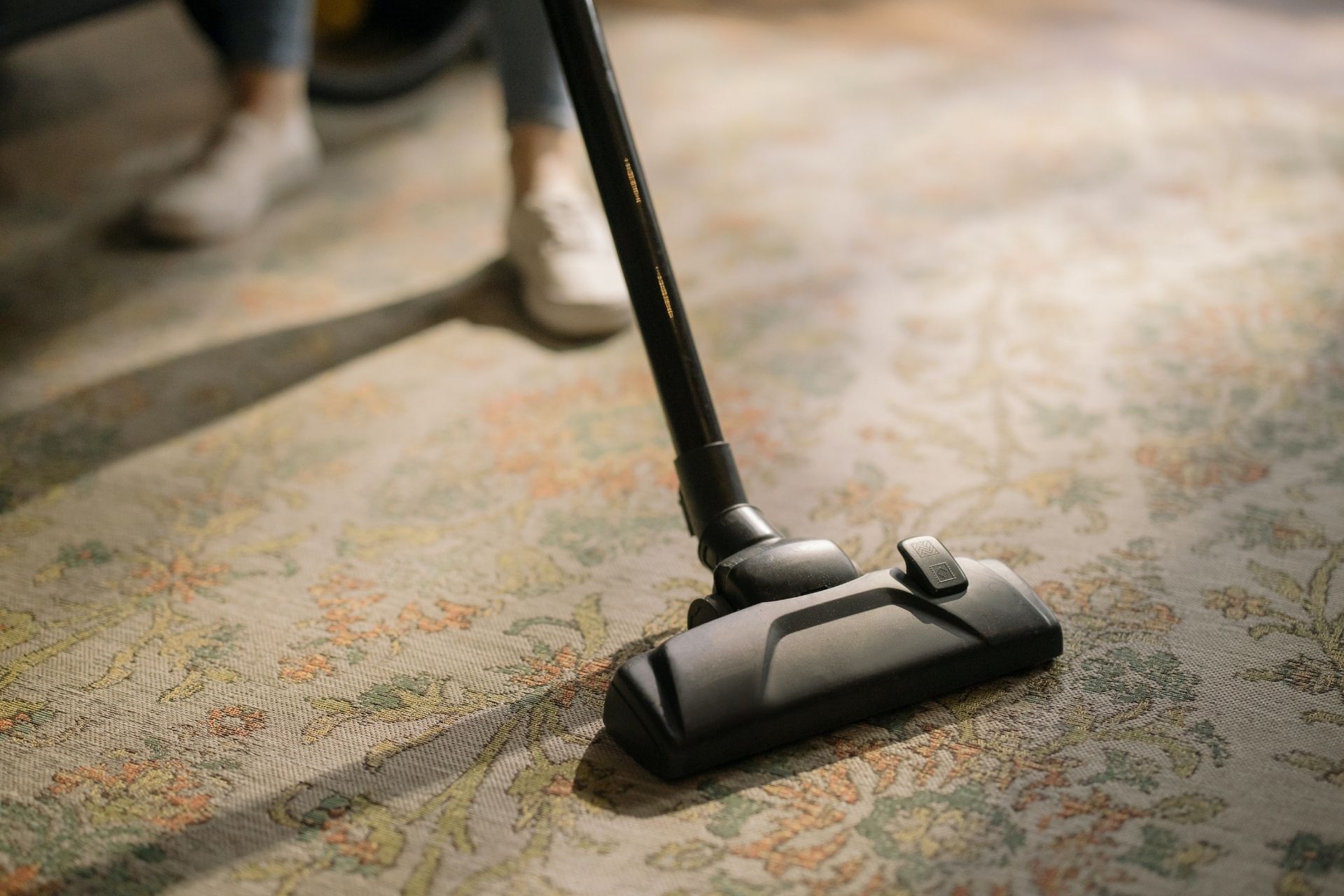
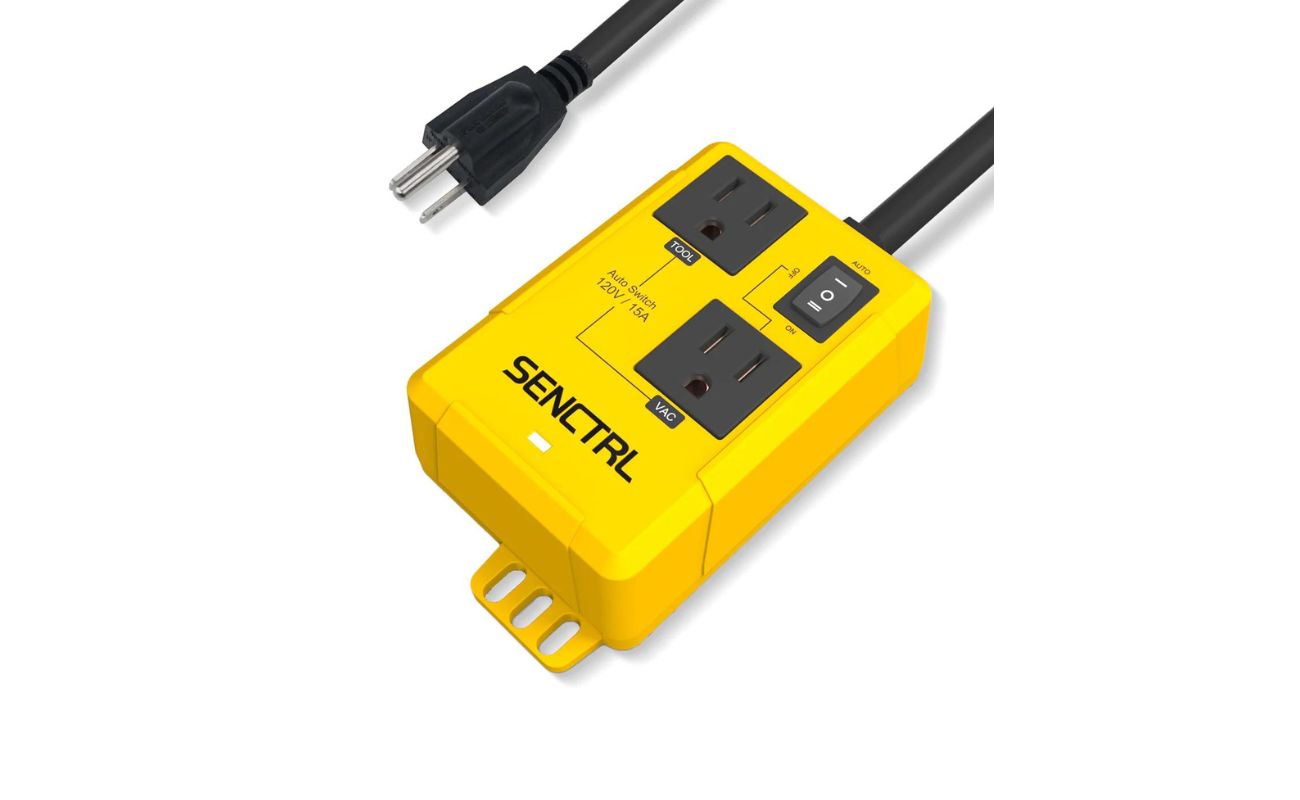
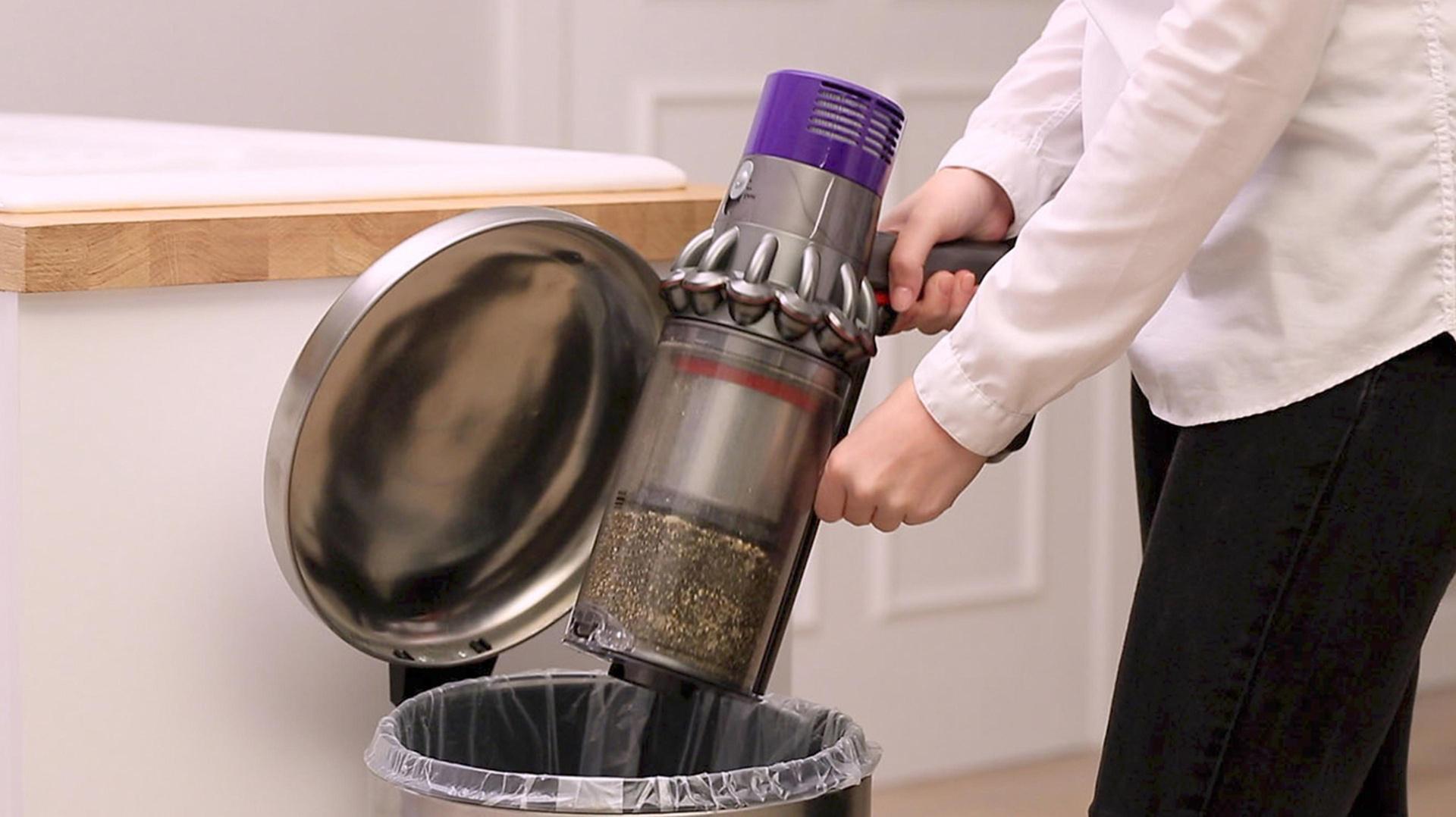
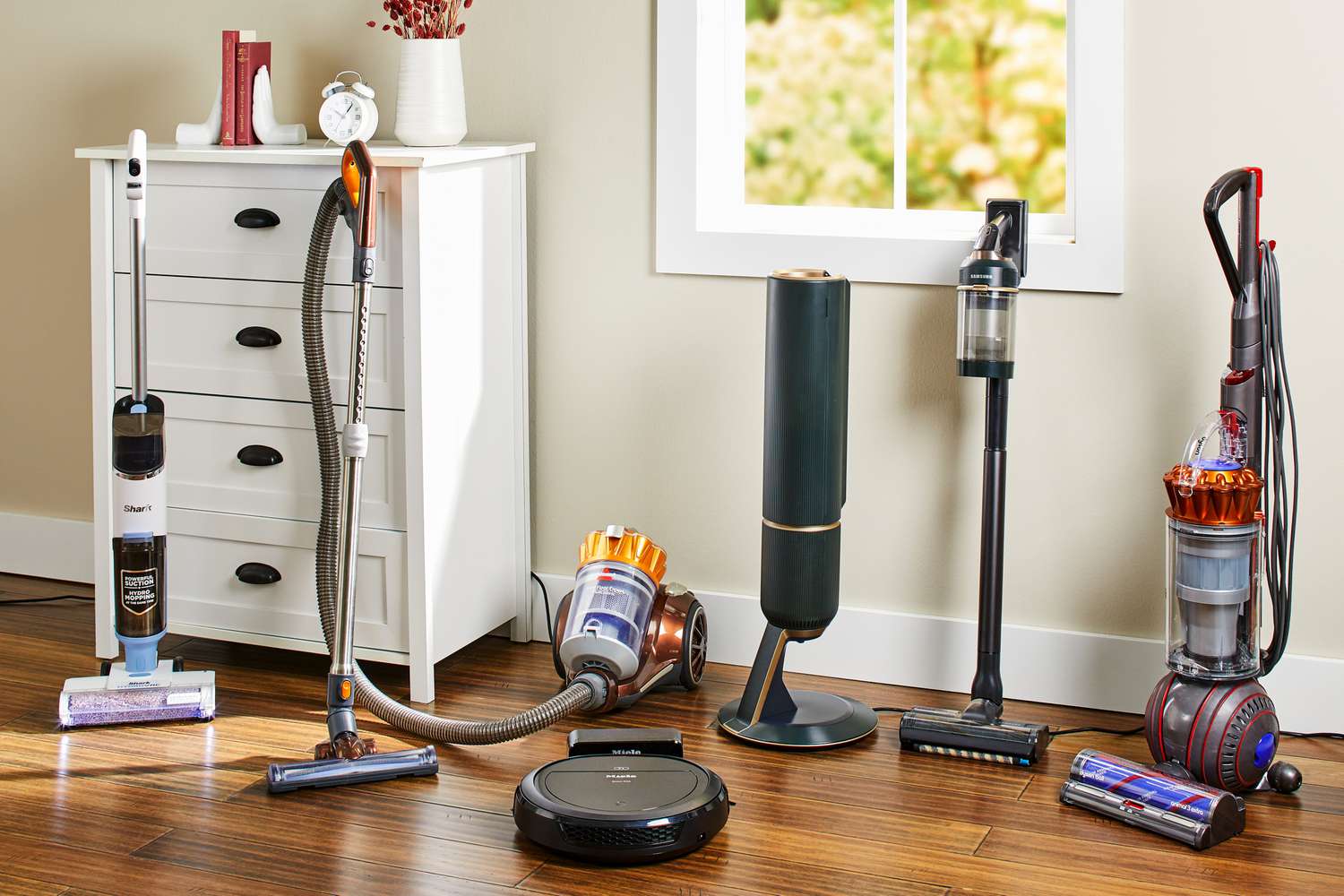
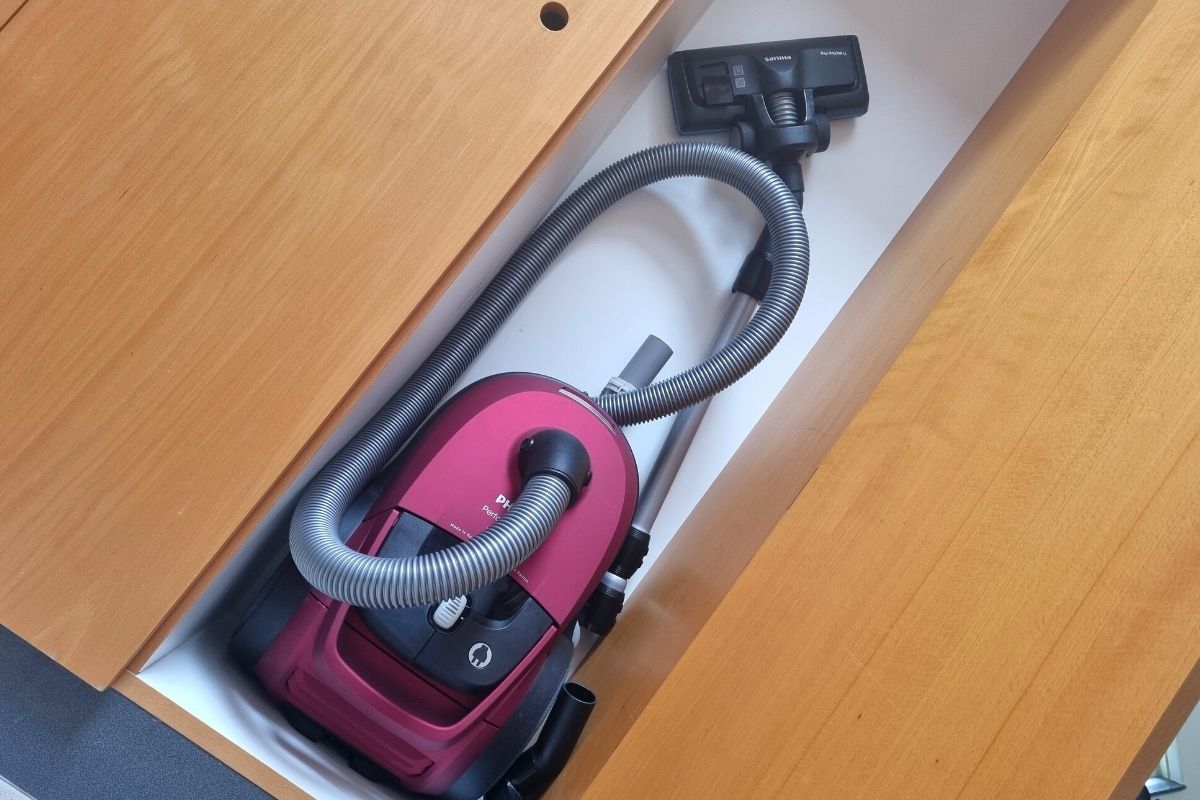
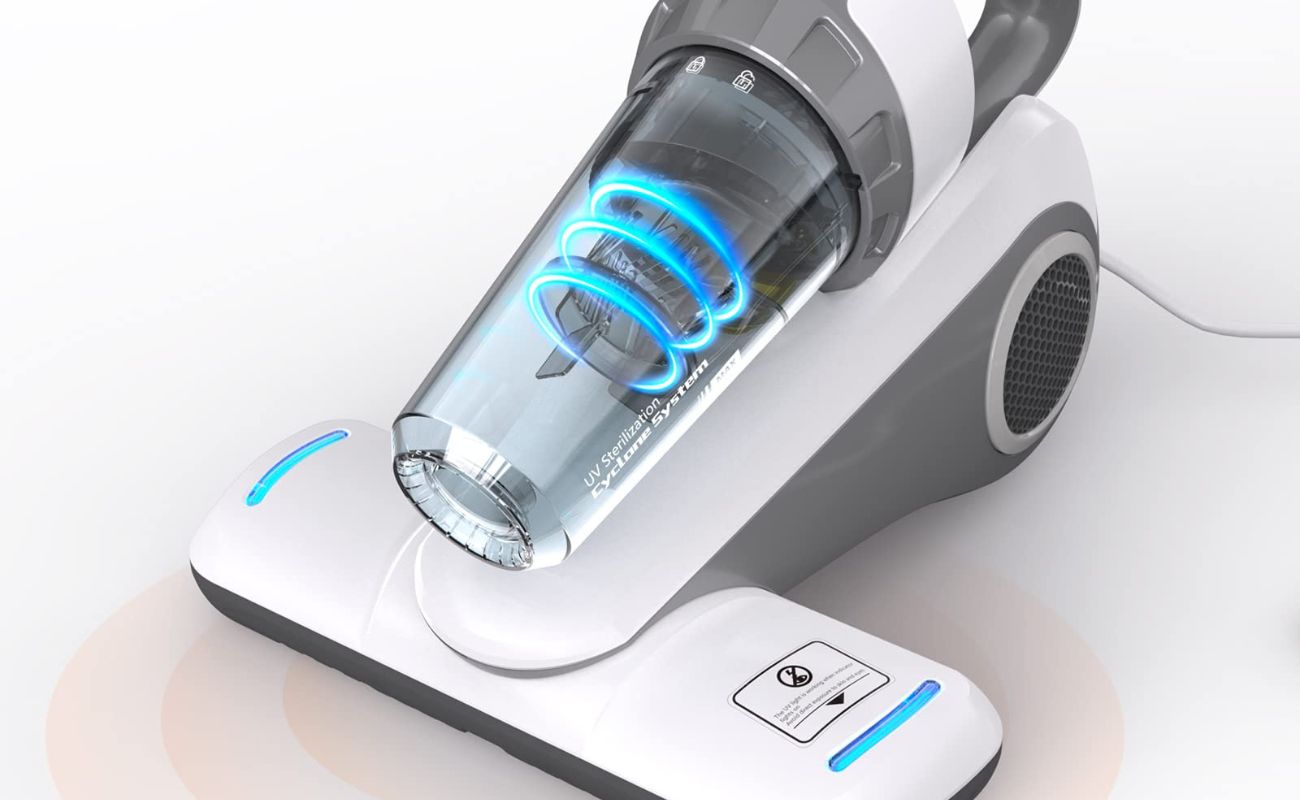
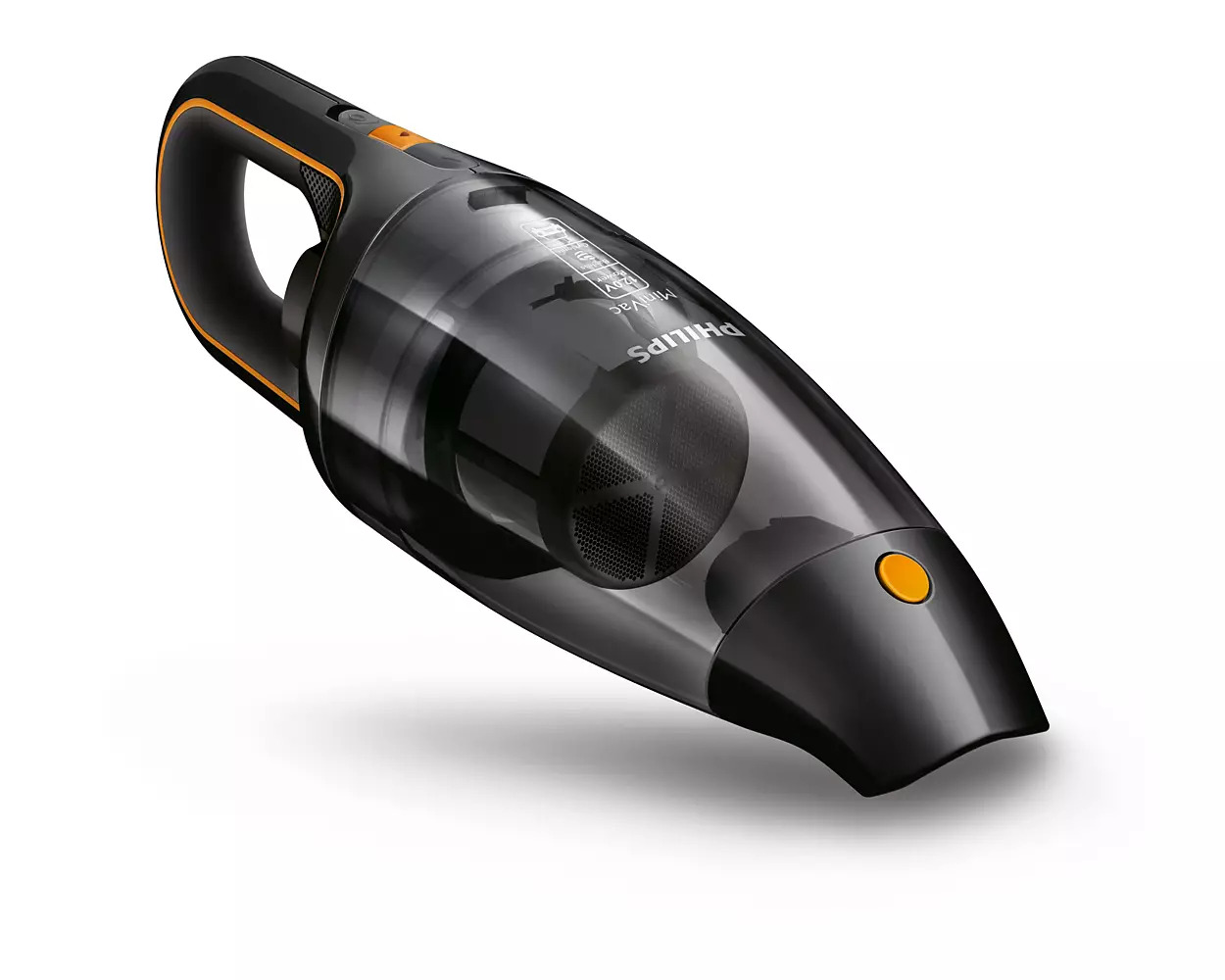
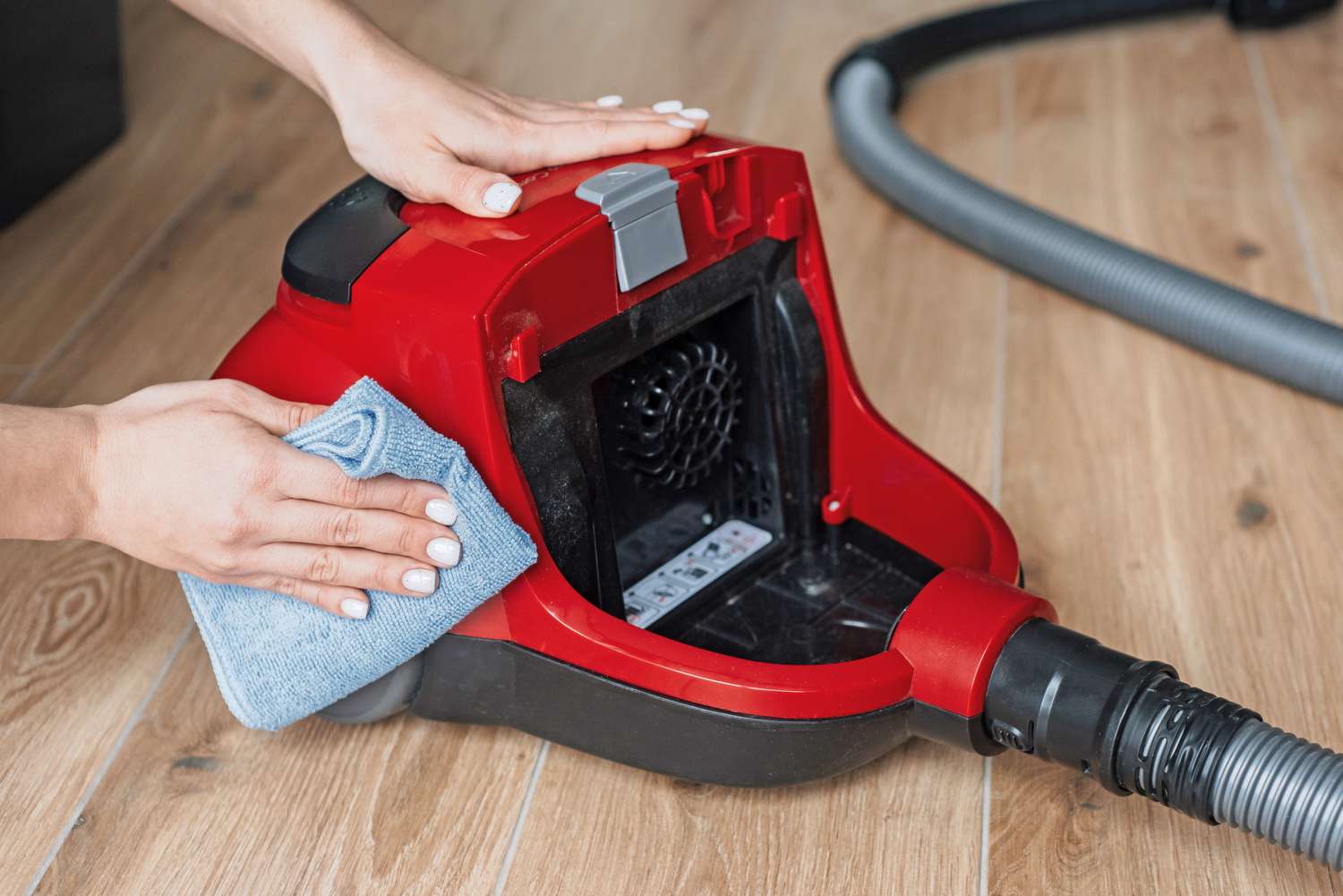
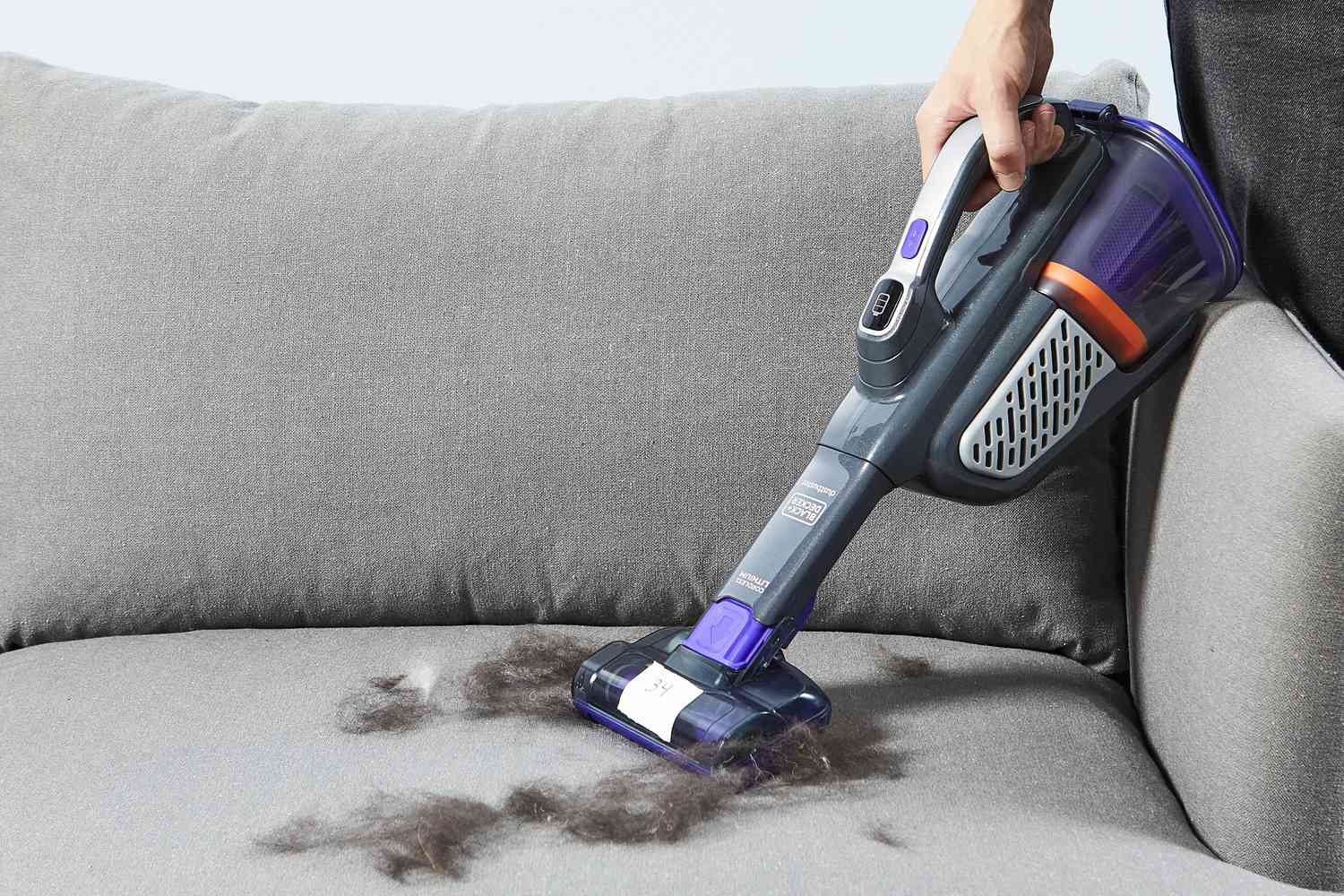

0 thoughts on “How To Use A Vacuum Cleaner”